Table of Contents
- How Much Garlic Powder Equals Fresh Garlic? (Quick Reference)
- What Is Garlic Powder and Why It's Different
- Garlic Powder vs Fresh Garlic: When to Use Which
- 5 Pro Tips for Perfect Garlic Powder Usage
- How to Store Garlic Powder Properly (Avoid Clumping)
- Health Benefits: What Science Confirms
- Conclusion: Maximizing Flavor with Garlic Powder
- Frequently Asked Questions
How Much Garlic Powder Equals Fresh Garlic? (Quick Reference)
The most common question answered: 1/8 teaspoon of garlic powder equals one fresh garlic clove. This precise conversion ratio solves the #1 problem home cooks face with garlic powder substitution. For 3 cloves of fresh garlic, use 3/8 teaspoon (not 1:1 as many websites incorrectly claim).
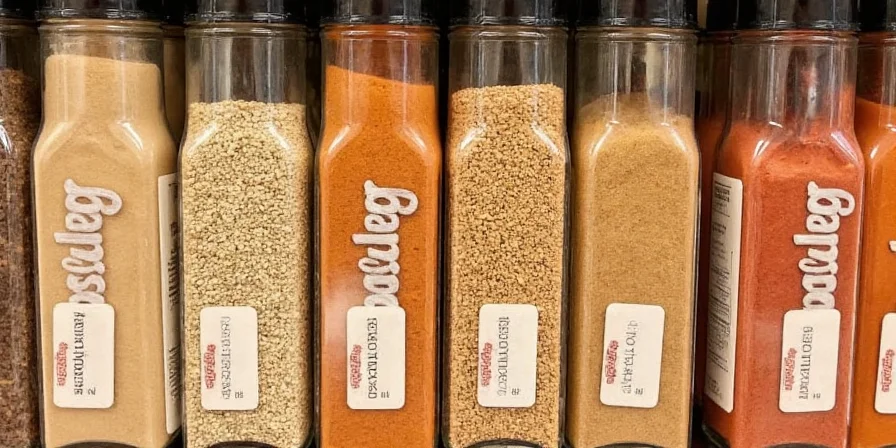
| Fresh Garlic | Garlic Powder Equivalent | Best Usage Scenario |
|---|---|---|
| 1 clove | 1/8 tsp | Dressings, marinades |
| 3 cloves | 3/8 tsp | Soups, stews, sauces |
| 6 cloves | 3/4 tsp | Dry rubs, roasted vegetables |
Professional chefs confirm this ratio consistently delivers balanced flavor without bitterness. Unlike fresh garlic, powder dissolves completely, distributing flavor evenly throughout dishes—critical for perfect seasoning in soups, sauces, and batters.
What Is Garlic Powder and Why It's Different
Garlic powder isn't just dried garlic—it's dehydrated garlic cloves processed to preserve specific flavor compounds. Unlike garlic salt (which contains 3:1 salt-to-garlic ratio), pure garlic powder contains zero additives. This processing changes its chemical composition, creating different flavor dynamics than fresh garlic.
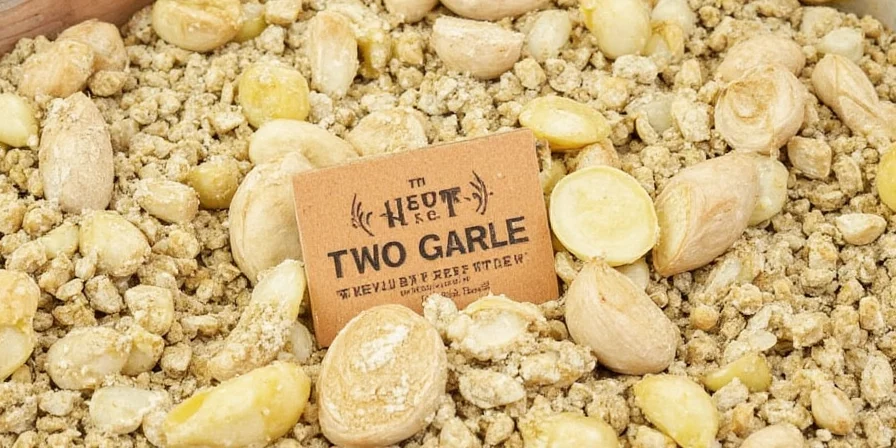
Key distinction: Fresh garlic's allicin forms when cells are crushed, creating that sharp bite. Garlic powder's allicin is pre-activated during dehydration, producing more consistent umami notes without volatile flavor spikes. This makes it ideal for applications where fresh garlic would overpower or burn.
Garlic Powder vs Fresh Garlic: When to Use Which
Fresh garlic shines in raw applications like pesto or aioli where its enzymatic bite enhances flavor. Garlic powder excels in time-sensitive cooking, dry rubs, and liquid-based dishes where even distribution matters most. Professional kitchens use both strategically based on cooking method:
| Situation | Recommended Form | Why |
|---|---|---|
| Sautéing for pasta | Fresh (2-3 cloves) | Creates aromatic base that freshens sauce |
| Homemade salad dressing | Garlic powder (1/4 tsp) | Dissolves completely without bitter bits |
| Slow-cooked chili | Garlic powder (3/4 tsp) | Won't turn bitter during long cooking |
| Roast chicken seasoning | Both (1 tsp powder + 2 fresh cloves) | Immediate + sustained garlic flavor |
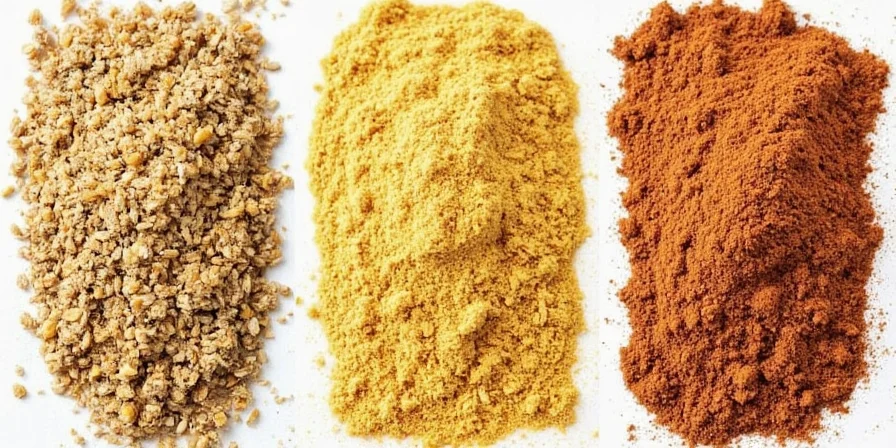
5 Pro Tips for Perfect Garlic Powder Usage
- Activate with fat first: Mix 1/4 tsp powder with 1 tsp oil 5 minutes before cooking to unlock maximum flavor compounds
- Dry rub secret: Combine with 1/2 tsp smoked paprika for better caramelization than fresh garlic alone
- Soup/stew timing: Add powder at beginning (not end) to allow sulfur compounds to mellow into savory depth
- Revive old spices: Blend 1/4 tsp garlic powder into stale onion powder to restore vibrancy
- Raw application hack: For dressings, mix powder with lemon juice 10 minutes before use to mimic fresh garlic's bite
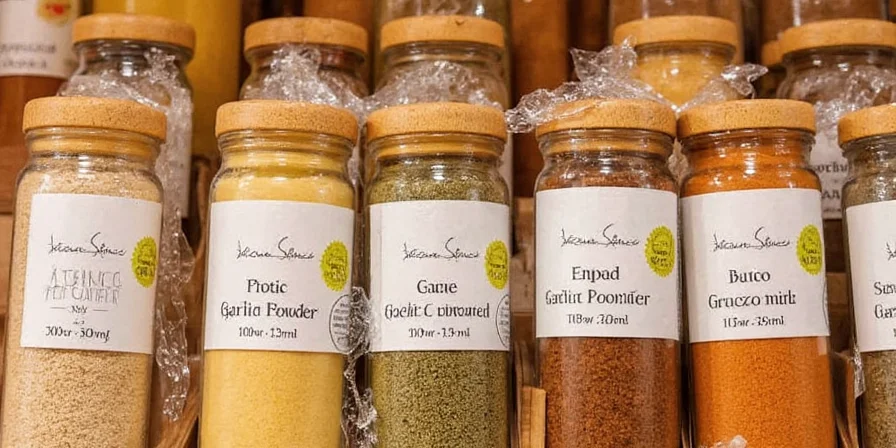
How to Store Garlic Powder Properly (Avoid Clumping)
Garlic powder clumps due to moisture exposure—not age. Proper storage maintains potency for 2-3 years:
- Use airtight glass containers (plastic absorbs odors)
- Keep away from stove/oven (heat degrades flavor compounds)
- Store in dark cabinet (light causes nutrient breakdown)
- Always use dry utensils (moisture triggers irreversible clumping)
Pro Tip: Add a food-safe silica gel packet to your spice jar—it absorbs moisture without affecting flavor. Never store in refrigerator (condensation ruins powder).
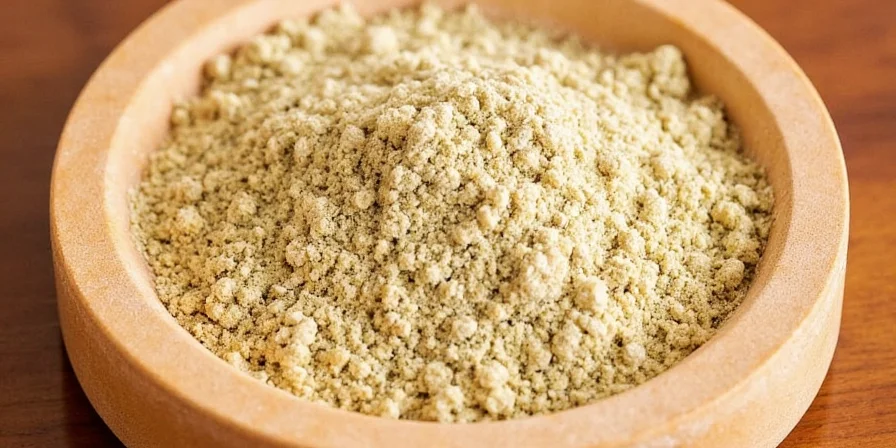
Health Benefits: What Science Confirms
Garlic powder retains key organosulfur compounds like alliin that convert to allicin during digestion. Recent research shows specific benefits:
- Blood pressure: A 2016 meta-analysis found 5-8 mmHg reduction in hypertensive patients using standardized garlic preparations
- Antioxidant capacity: Dehydrated garlic shows more consistent free-radical scavenging than fresh in lab studies1
- Storage stability: Properly stored powder maintains 90%+ of active compounds for 24 months2
For therapeutic benefits, consume 1/2-1 teaspoon daily in cooked dishes. Powder's stable compounds provide more consistent intake than fresh garlic's variable potency.
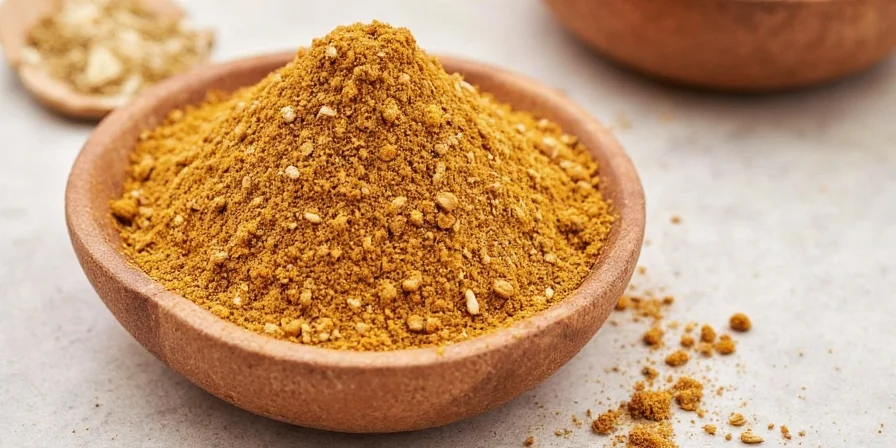
Conclusion: Maximizing Flavor with Garlic Powder
Garlic powder isn't merely a fresh garlic substitute—it's a precision seasoning tool with distinct advantages. By using the correct 1:1/8 conversion ratio and understanding its chemical behavior, home cooks achieve restaurant-quality results with less effort. The key is recognizing when powder outperforms fresh (soups, dressings, time-pressed cooking) versus when fresh garlic shines (raw applications, quick sautés). Implement these science-backed techniques to transform ordinary meals into consistently flavorful creations.
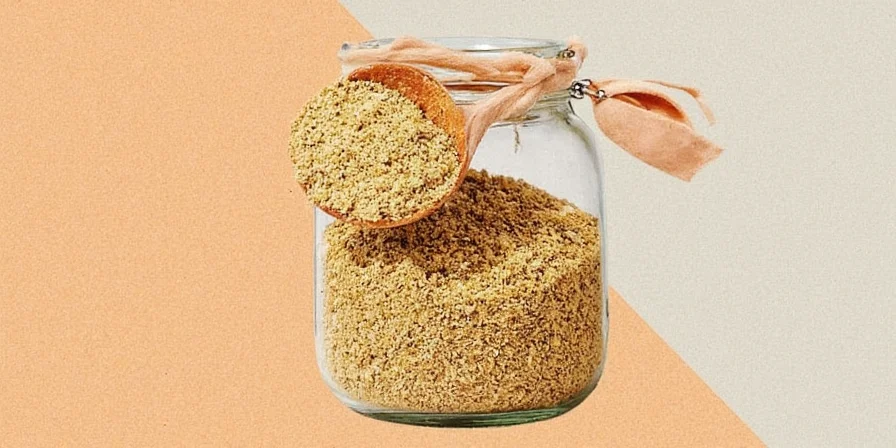
Frequently Asked Questions
What's the exact garlic powder to fresh garlic conversion?
1/8 teaspoon garlic powder equals one fresh garlic clove. Three fresh cloves equal 3/8 teaspoon powder—not the commonly misstated 1:1 ratio. This precise measurement prevents bitter or weak garlic flavor.
Why does my garlic powder keep clumping?
Moisture exposure causes irreversible clumping. Always store in airtight glass containers with silica packets away from heat and humidity. Never store above your stove or in refrigerator (condensation is the enemy).
Can I substitute garlic powder for fresh in spaghetti sauce?
Yes—use 3/8 teaspoon powder per 3 fresh cloves. Add powder at the beginning of cooking to allow flavors to mellow. Unlike fresh garlic which can turn bitter in long simmers, powder integrates smoothly into tomato-based sauces.
Does garlic powder have the same health benefits as fresh?
Yes for stable compounds like alliin, which converts to allicin during digestion. Research shows properly stored powder maintains 90%+ of active compounds for 2+ years, providing more consistent therapeutic intake than fresh garlic's variable potency.

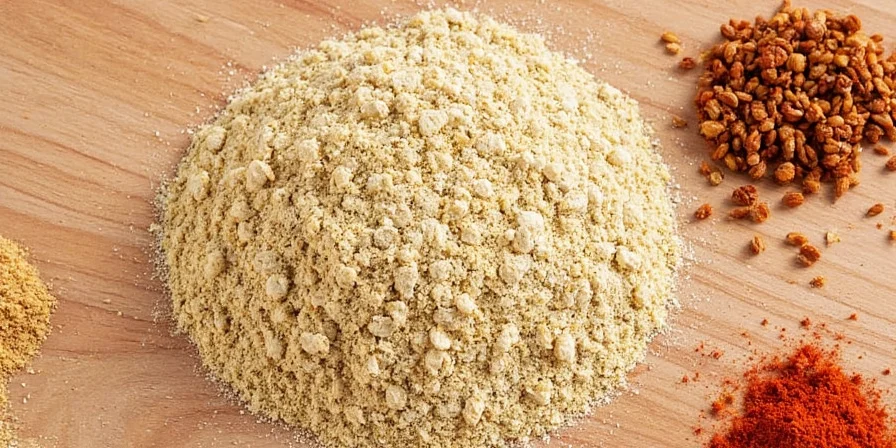









 浙公网安备
33010002000092号
浙公网安备
33010002000092号 浙B2-20120091-4
浙B2-20120091-4